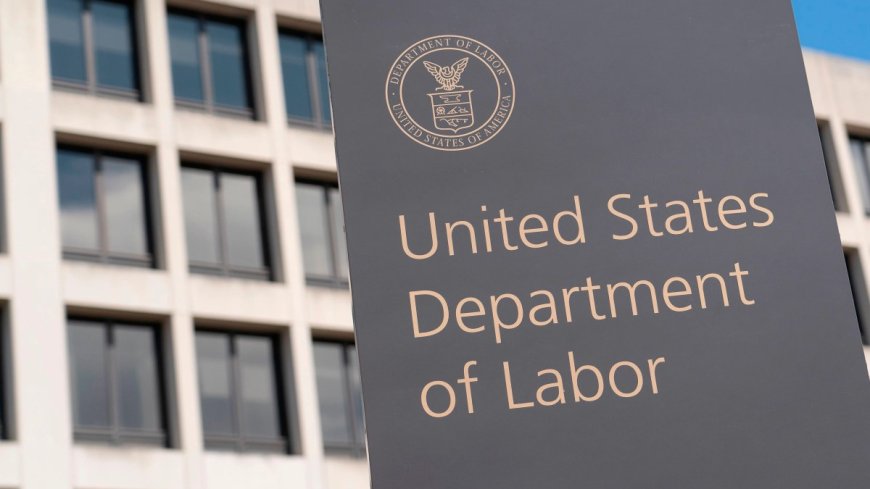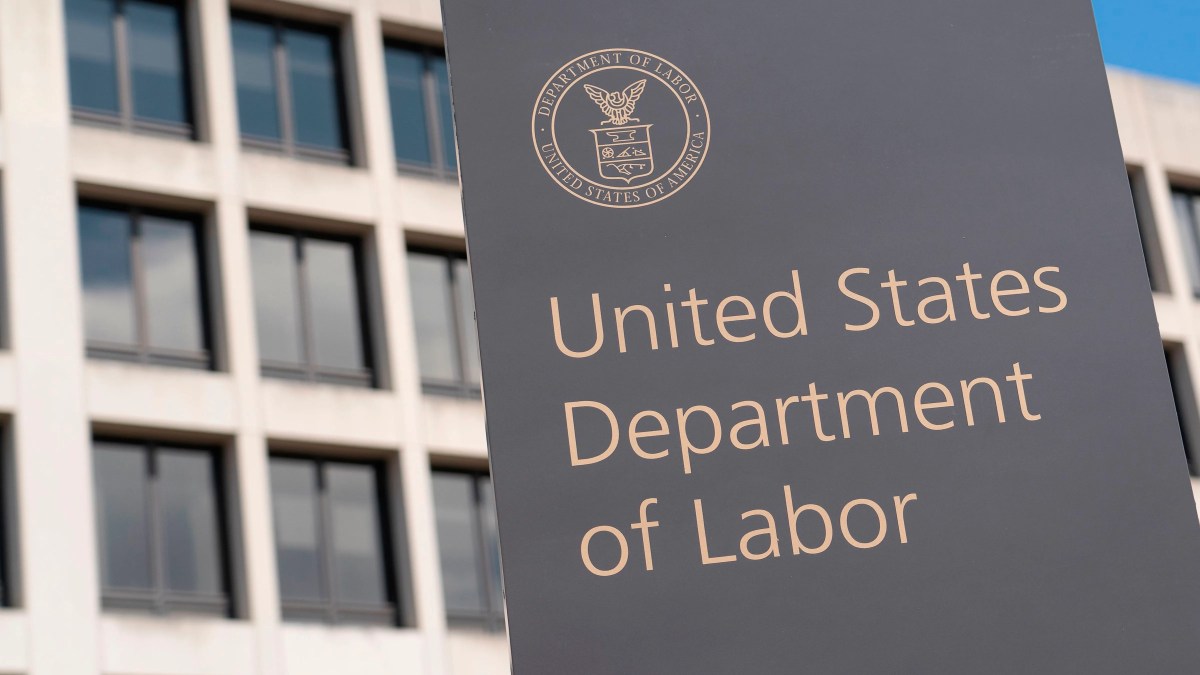Tyson, Perdue investigated for illegal child labor, report says – Marketplace
Tyson, Perdue investigated for illegal child labor, report says Marketplace

The U.S. Department of Labor Investigates Child Labor in Tyson Foods and Perdue Farms

The U.S. Department of Labor recently opened an investigation into the big chicken processors Tyson Foods and Perdue Farms, which together produce one third of all poultry sold in the country. The Labor Department is investigating whether the companies illegally relied on migrant children to do the extremely dangerous work of cleaning slaughterhouses. The probe comes after a New York Times Magazine investigation found examples of migrant children working overnight shifts for Tyson and Perdue contractors.
Interview with Hannah Dreier, Pulitzer Prize-winning investigative reporter at The New York Times
Sabri Ben-Achour: So, before everything else — what are the actual rules, like the Department of Labor rules, around employing children? What’s supposed to happen?
Hannah Dreier: So, children and teenagers work all over the country. A lot of listeners probably had jobs when they were 14, 15. But there are some jobs that are so dangerous that nobody under 18 is ever supposed to do them. And that includes things like roofing, ditch digging and any kind of work in slaughterhouses.
Ben-Achour: And that’s exactly what you found, in contract cleaners hired by Purdue, and Tyson. How old were these kids? And what were some of the things they were being asked to do?
Dreier: That’s exactly right. So I’ve spent the past year looking into slaughterhouses in Virginia, run by those two companies, Purdue and Tyson. And I found that children as young as 13 were working at these places overnight, cleaning blood and grease and feathers off of some of the most dangerous industrial machines, working until 6 in the morning and then going directly to middle school. I focused on one of these children, Marcos Cux, who started working at the slaughterhouse when he was 13. And when he was 14, his arm was shredded by a deboning machine. Years later, he’s still trying to recover.
Ben-Achour: How do they get hired? Are people just not checking? Are they looking the other way? Is it just cheaper to hire them?
Dreier: So in towns like this, these company towns where the slaughterhouses are sort of the biggest and only employers, it’s really an open secret that, especially the overnight shifts, are full of these children. In this town, on Virginia’s eastern shore, the children were working with false documents. So Marcos, for example, was 13, but he was working with paperwork that said he was in his 20s. And I talked to some of the supervisors on these cleaning shifts, and they told me, “Yeah, we know that there are kids here, and we need them to run our shift. If these kids weren’t working, we couldn’t find workers.”
Ben-Achour: What do the kids say? Do you ask them, “Why are you doing this?”
Dreier: I mean, these kids were surprisingly eager to talk to me. I wondered if they would want to admit that they were working in violation of federal law like this, or if they would want to share what their experiences have been. But the majority of them, I think, are really isolated. They’re lonely, they came here, mostly, to help their families. Most of them have come from Guatemala. A lot of them have taken on debt to come. And they get here, they have to pay rent, they have to send money home, and these are the only jobs that they can find. So they’re under enormous pressure, and they’re very alone.
Ben-Achour: Being so alone, if something happens to them, who do they turn to for help? I mean, what recourse do they have when things go wrong?
Dreier: These kids are really out here without almost any kind of safety net. They’re not here undocumented. They’ve actually passed through the Health and Human Services shelter system. So the government knows they’re here. But, historically, there’s been very little follow-up. So Marcos Cux, for example, came at 13, he was released to a cousin and he never heard from the government again. So when they get hurt, there’s nobody sort of looking out for them. And in towns like this one in Virginia, his teachers knew that he was hurt, the pastor at the local church knew, even some police officers heard about this case. But nobody wants to speak up, because they also understand that the kids are here with this need to earn money. And the plants are the only employers in town. And so there’s sort of this open secret that everybody keeps.
Ben-Achour: The fact that many of these kids are migrants raises an immigration policy question. Is there an economic pathway for them once they arrive that does not include this type of work?
Dreier: I mean, one of the really heartbreaking things for me is that a lot of these kids could get work permits and work legal jobs, like work at a fast food restaurant or work at a supermarket. Because they’re here with this quasi-legal status, it’s not that there’s no economic pathway. The problem is that they would need a lawyer to help them apply for a work permit. And right now, the government doesn’t give them any help getting lawyers. And so they’re sort of out here working the jobs that will take kids who have fake papers, because they can’t go through the process to get the papers that they would probably qualify for.
Ben-Achour: You mentioned Marcos Cux, the 14-year-old who was maimed while sanitizing a Perdue slaughterhouse. What happened to him?
Dreier: So Marcos is still recovering. He doesn’t have full use of his arm, which was caught in the deboning machine. But he is in high
SDGs, Targets, and Indicators Analysis
1. Which SDGs are addressed or connected to the issues highlighted in the article?
- SDG 8: Decent Work and Economic Growth
- SDG 10: Reduced Inequalities
- SDG 16: Peace, Justice, and Strong Institutions
The issues highlighted in the article are connected to SDG 8 because they involve child labor and the need for decent work. SDG 10 is also relevant as it addresses reducing inequalities, including the exploitation of migrant children. Additionally, SDG 16 is connected as it focuses on promoting peace, justice, and strong institutions, which includes ensuring the protection of children’s rights.
2. What specific targets under those SDGs can be identified based on the article’s content?
- SDG 8.7: Take immediate and effective measures to eradicate forced labor, end modern slavery and human trafficking, and secure the prohibition and elimination of the worst forms of child labor.
- SDG 10.7: Facilitate orderly, safe, regular, and responsible migration and mobility of people, including through the implementation of planned and well-managed migration policies.
- SDG 16.2: End abuse, exploitation, trafficking, and all forms of violence against and torture of children.
Based on the article’s content, the specific targets identified are related to eradicating child labor (SDG 8.7), ensuring safe migration for children (SDG 10.7), and ending exploitation and violence against children (SDG 16.2).
3. Are there any indicators mentioned or implied in the article that can be used to measure progress towards the identified targets?
- Indicator for SDG 8.7: Number of children engaged in hazardous work.
- Indicator for SDG 10.7: Number of migrant children employed in hazardous or exploitative conditions.
- Indicator for SDG 16.2: Number of reported cases of child labor and exploitation in specific industries (e.g., slaughterhouses).
The article does not explicitly mention specific indicators, but the following indicators can be used to measure progress towards the identified targets. These indicators would require data collection and reporting on the number of children engaged in hazardous work, the number of migrant children employed in exploitative conditions, and the number of reported cases of child labor and exploitation in specific industries like slaughterhouses.
Table: SDGs, Targets, and Indicators
| SDGs | Targets | Indicators |
|---|---|---|
| SDG 8: Decent Work and Economic Growth | Target 8.7: Take immediate and effective measures to eradicate forced labor, end modern slavery and human trafficking, and secure the prohibition and elimination of the worst forms of child labor. | Indicator: Number of children engaged in hazardous work. |
| SDG 10: Reduced Inequalities | Target 10.7: Facilitate orderly, safe, regular, and responsible migration and mobility of people, including through the implementation of planned and well-managed migration policies. | Indicator: Number of migrant children employed in hazardous or exploitative conditions. |
| SDG 16: Peace, Justice, and Strong Institutions | Target 16.2: End abuse, exploitation, trafficking, and all forms of violence against and torture of children. | Indicator: Number of reported cases of child labor and exploitation in specific industries (e.g., slaughterhouses). |
Behold! This splendid article springs forth from the wellspring of knowledge, shaped by a wondrous proprietary AI technology that delved into a vast ocean of data, illuminating the path towards the Sustainable Development Goals. Remember that all rights are reserved by SDG Investors LLC, empowering us to champion progress together.
Source: marketplace.org

Join us, as fellow seekers of change, on a transformative journey at https://sdgtalks.ai/welcome, where you can become a member and actively contribute to shaping a brighter future.







